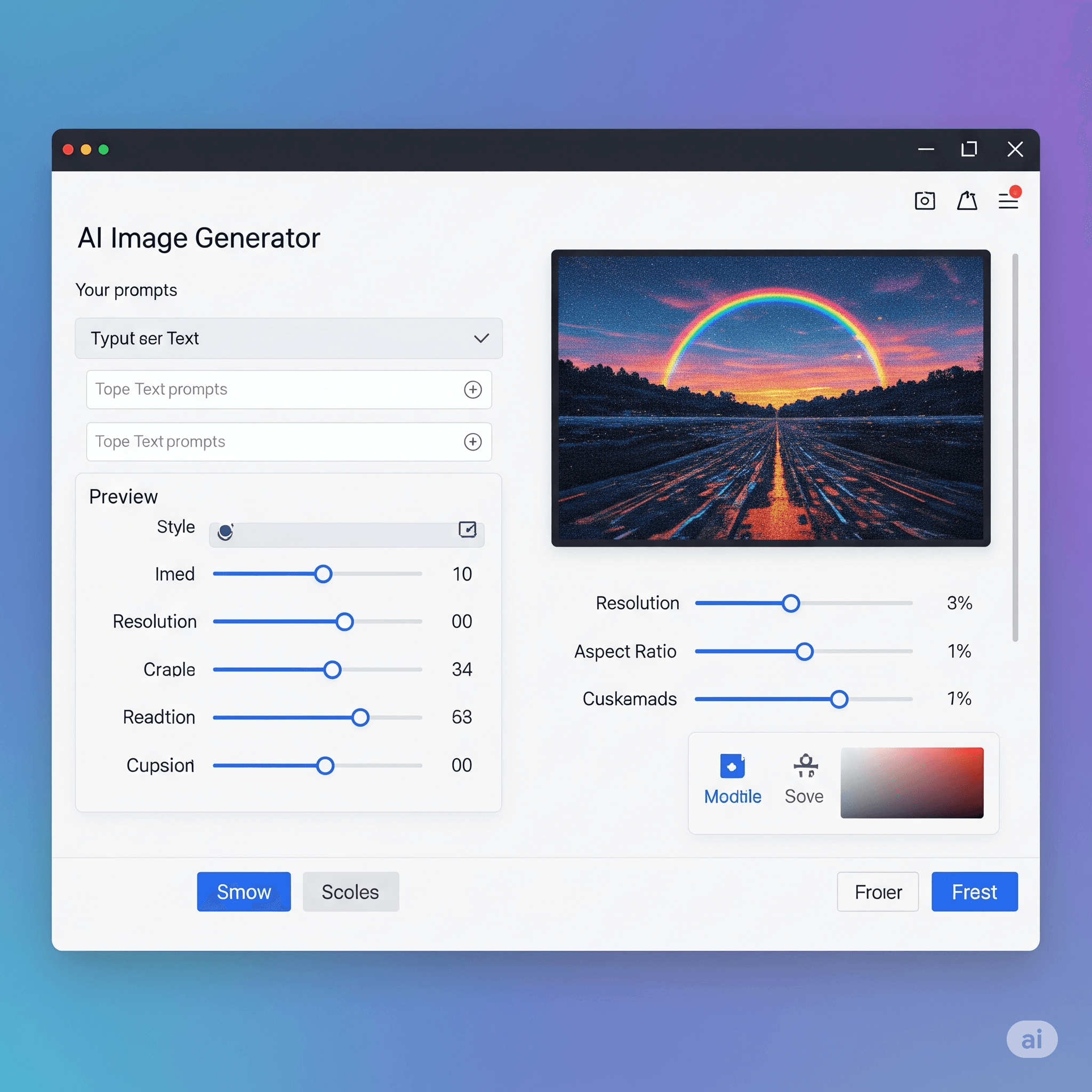Question: _______ was formed to connect universities with no defense ties.
Answer:
- The National Science Foundation Network (NSFNET) was formed to connect universities with no defense ties.
- NSFNET was a program created by the National Science Foundation (NSF) in the mid-1980s to provide academic researchers with access to high-speed networking capabilities. Prior to the creation of NSFNET, the ARPANET was the primary means of connecting universities and research institutions.
- One of the goals of NSFNET was to create a network infrastructure that could support a wide range of research applications, including scientific simulations, data analysis, and collaborative research projects. To achieve this goal, NSFNET was designed to be a high-speed backbone network that connected regional networks, known as NSFNET regional networks, which in turn connected individual universities and research institutions.
- Unlike the ARPANET, which was initially developed for defense purposes, NSFNET was designed to be a civilian network. This allowed universities with no defense ties to connect to the network and benefit from its high-speed capabilities.
- The development of NSFNET played a significant role in the growth of the Internet and the transition from the original ARPANET architecture to the modern Internet architecture.
MCQ: _______ was formed to connect universities with no defense ties.
Correct Answer:
A. ARPANET
Explanation:
- The National Science Foundation Network (NSFNET) was formed to connect universities with no defense ties.
- NSFNET was a program created by the National Science Foundation (NSF) in the mid-1980s to provide academic researchers with access to high-speed networking capabilities. Prior to the creation of NSFNET, the ARPANET was the primary means of connecting universities and research institutions.
- One of the goals of NSFNET was to create a network infrastructure that could support a wide range of research applications, including scientific simulations, data analysis, and collaborative research projects. To achieve this goal, NSFNET was designed to be a high-speed backbone network that connected regional networks, known as NSFNET regional networks, which in turn connected individual universities and research institutions.
- Unlike the ARPANET, which was initially developed for defense purposes, NSFNET was designed to be a civilian network. This allowed universities with no defense ties to connect to the network and benefit from its high-speed capabilities.
- The development of NSFNET played a significant role in the growth of the Internet and the transition from the original ARPANET architecture to the modern Internet architecture.
Discuss a Question
Related Questions
- 1. Currently _______ is responsible for the management of Internet domain names and addresses
- 2. In TCP/IP, a message at the application layer is encapsulated in a packet at the ________ layer.
- 3. In TCP/IP, a message at the transport layer is encapsulated in a packet at the ________ layer.
- 4. In TCP/IP, a message belonging to the network layer is decapsulated from a packet at the ________ layer.
- 5. In TCP/IP, a message belonging to the transport layer is decapsulated from a packet at the ________ layer
- 6. In TCP/IP, a logical connection between an entity at the network layer can be made with another entity at the ________ layer.
- 7. In TCP/IP, a logical connection between an entity at the data-link layer can be made with another entity at the ________ layer.
- 8. In TCP/IP, a packet at the third layer carries data belonging to the ________ layer and the header belonging to the _________ layer.
- 9. In a ___________ connection, the server leaves the connection open for more requests after sending a response.
- 10. In HTTP, _______ server is a computer that keeps copies of responses to recent requests.
You may be interested in:
Computer Networking MCQs






